Company Overview
With a rich history in the water industry, Waltron has been at the forefront of technical innovations, including pioneering boiler water treatment programs and nuclear water chemistry on commercial ships.
Take a Journey Through Waltron’s History
Founded in 1903 as “Bull & Roberts,” Waltron has been a leading manufacturer and distributor of analytical, industrial instrumentation, and supporting reagents for managing ultra-pure steam and water chemistry.
With an impressive 120-year history, this company has been passed down from one entrepreneurial mind to the next, ensuring a legacy of excellence. Waltron – where engineering meets innovation.
1903–1929: Founding and Original Partnership
The Bull & Roberts Company was formed on October 26, 1903, by Irving C. Bull and Alfred E. Roberts. With Bull’s expertise in chemistry and metallurgy and Roberts’ role as a technical advisor to the marine industry, the company aimed to provide consulting, analytical chemistry, and metallurgy services to seagoing companies. The company operated branch offices and laboratories in Middletown and New York City.
Bull & Roberts Company made significant contributions to the industry, including developing the “gas-free” inspection of cargo tanks for petroleum carriers and conducting the first systematic chemical study of stowage hazards. They also served as technical consultants to proctors in admiralty and insurance companies, providing laboratory tests and analysis. The firm became renowned for its expertise in occupational risks in shipping.
1929-1967: Innovations in the Marine Industry
Joining forces in 1929, Bull & Roberts Company and Hall Laboratories made waves in the marine industry. Known for their expertise in boiler water conditioning for stationary power plants, Hall Laboratories brought their knowledge to the marine realm. Together, they introduced a groundbreaking method that reduced internal corrosion in marine boilers, forever changing maritime operations.
During World War II, Bull & Roberts played a crucial role in outfitting vessels with equipment and chemicals for water conditioning. Their inspections ensured safety with ballast materials. In 1944, the company merged with Mid-Town Coal Laboratories, expanding its capabilities further.
Waltron has committed to engineering excellence and continuous innovation since those pioneering days. Trusted in the water industry for over a century, Waltron provides cutting-edge analytical instrumentation and reagents for managing ultra-pure steam and water chemistry.
In 1946, John E. Westberg joined Bull & Roberts and developed a treatment for marine saltwater evaporators. This treatment, known as Hagevap LP, significantly improved efficiency by reducing priming and eliminating saltwater scale buildup. Adopted by the U.S. Navy in 1958, Hagevap LP became the new standard treatment for all surface vessels. Bull & Roberts also introduced the H-400 Scale Solvent in 1957, efficiently cleaning evaporator scale deposits.
Incorporated in Delaware on July 1, 1947, Bull & Roberts, Inc. carried on the legacy of innovation. Dr. Purdy became president, Mr. Shields was vice president, and Mr. Westberg held various leadership roles. Their expertise led to the selection of Bull & Roberts, Inc. to develop the water treatment training program for the world’s first commercial nuclear-powered merchant vessel in 1964.
In 1967, after twenty-eight years at 117 Liberty Street in New York City, Bull & Roberts Inc. moved to its building at 785 Central Avenue, Murray Hill, New Jersey. The construction of the World Trade Center complex necessitated the move. The move to New Jersey opened up new offices and working space, introducing new products and growth concepts.
With a rich history of innovation and expertise, Bull & Roberts, Inc. has paved the way for advancements in the marine industry. Their legacy continues to drive Waltron’s commitment to excellence in water management.
1973-1984: International Expansion and Instrumentation
In 1973, Bull & Roberts, BV. was established in the Netherlands as a subsidiary of Bull & Roberts, Inc. Located in Vlaardingen, close to the bustling Rotterdam port area, it provided convenient access to clients in the Benelux countries. With a stock of locally manufactured Bull & Roberts products, Bull & Roberts BV. could directly service clients and supply distributors across Europe.
During this time, the company recognized the growing demand in the market and established two divisions. The Chemical Division, led by Arthur C. Keyes, provided water chemistry service and sales to the marine industry and selected industrial market segments.
Meanwhile, Rudy J. Garbely headed the Equipment and Instrumentation Division, catering to the marine and industrial markets. This division specializes in pollution control, chemical injection, potable water purification, filters, and instrumentation. In the 1970s, Bull & Roberts developed their line of electronic instruments, including the Model 240 Oil in Water Analyzer.
Realizing the need for further product enhancement, Bull & Roberts entered a licensing and purchase agreement with the well-established Milton Roy Company of Michigan City, Indiana, in 1984. This agreement allowed Bull & Roberts to resell and rebrand Milton Roy instruments for analyzing dissolved oxygen, conductivity, sodium, colorimetric silica, phosphate, and hardness.
Bull & Roberts continued expanding its global reach and solidifying its instrumentation industry position through these strategic moves.
1984-2014: From Marine Business to the Waltron Brand
From 1984 to 2014, Waltron experienced significant changes in its business. The company sold off parts of its Chemical Division and other subsidiaries to focus on the marine industry’s shift to diesel-electric power. As a result, Waltron became a leader in water-electronic applications.
In 1988, Waltron moved to a custom facility in New Jersey and acquired Hedges & Brother Company, strengthening its expertise in boiler water chemistry. In 1991, the company expanded its analytical instrument offerings by acquiring the rights from the Kent Company, Ltd. This marked the beginning of the Waltron 9000-series instruments.
Over the years, Waltron grew its product line and established itself as a global leader in water analysis. The company formed an exclusive OEM agreement with Honeywell, supplying instruments to various countries in the Asia-Pacific region.
In 2006, Waltron spun off its CalciQuest Inc. unit to focus solely on analytical instrumentation. The company expanded internationally, opening its first subsidiary in the Netherlands in 2007.
Between 2008 and 2014, Waltron faced challenges due to the global economic downturn. As a result, the company was sold to a new team of entrepreneurs led by Jonathan C. Guy. The new entity was named Waltron Bull & Roberts, LLC, bringing together the original brand name with its historical legacy.
Throughout its journey, Waltron has remained at the forefront of water analysis technology and continues to provide innovative solutions to its customers.
2015 – Today: Celebrating 120 Years of Innovation
The Waltron story today is one of rebranding, research, and innovation. In 2015, Waltron won the prestigious Pro Patria Award for Small Business, recognizing its exceptional support for military reservists and veterans. Waltron made another big move in 2015 by relocating its headquarters to a brand-new home. Then, in 2017, the company opened its Chinese representative office, expanding its global reach.
Always at the forefront of technology, Waltron introduced the cutting-edge 9065 Dissolved Oxygen Analyzer in 2012, followed by the game-changing 9096 Degas conductivity Analyzer in 2016. Not one to rest on its laurels, Waltron developed the innovative 3054 Filming Amine Analyzer in 2018 to meet industry demands.
In 2023, the company launched a major product line extension with the 4000-Series of pH, conductivity, turbidity, and mA transmitters. Waltron launched its completely updated 3140-Series colorimeters and 9130-Series Sodium analyzers in 2024.
With an impressive 120-year history, this company has always passed from one entrepreneurial mind to the next, ensuring a legacy of excellence. Waltron – where sound engineering meets innovation.
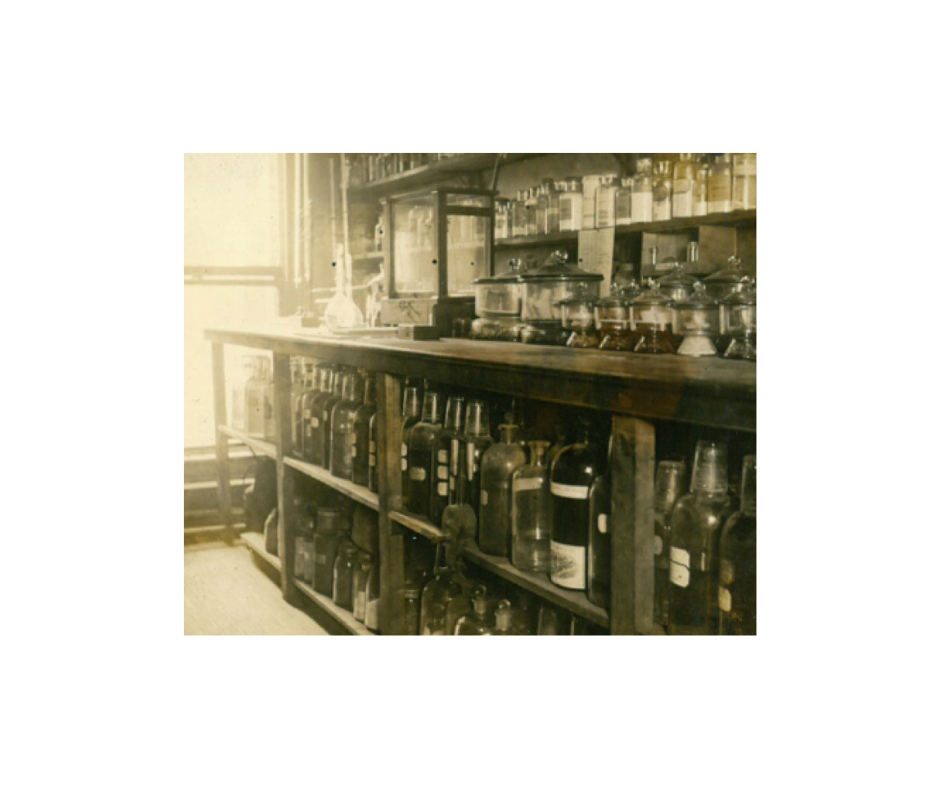
Original Bull & Roberts Laboratory, 1914
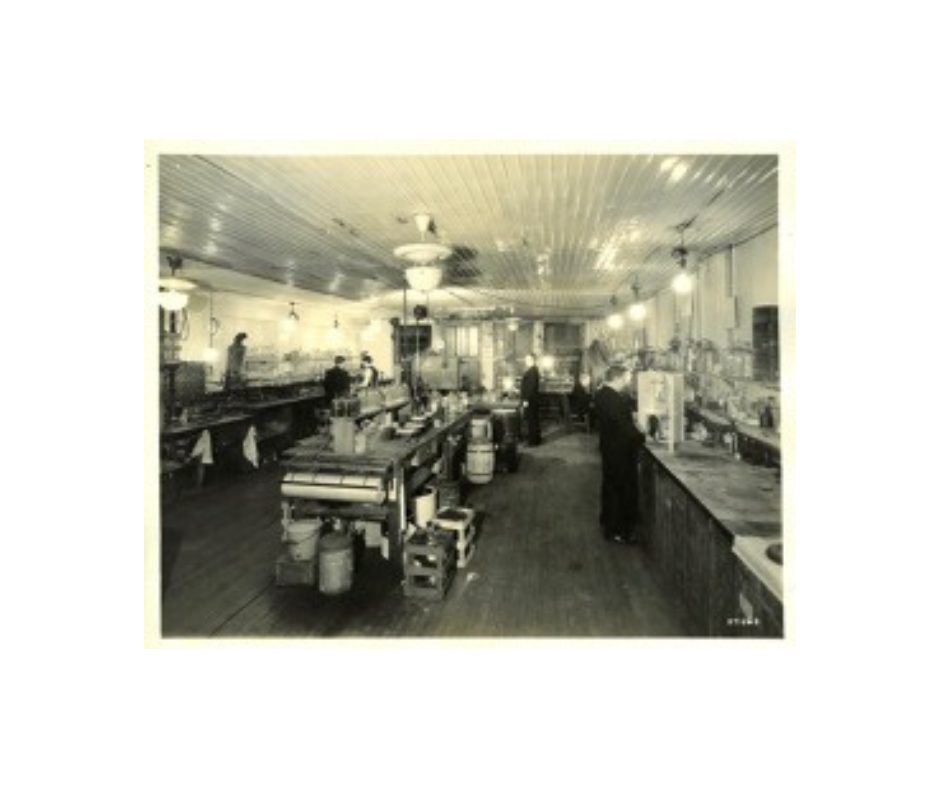
West Street Laboratory, 1935
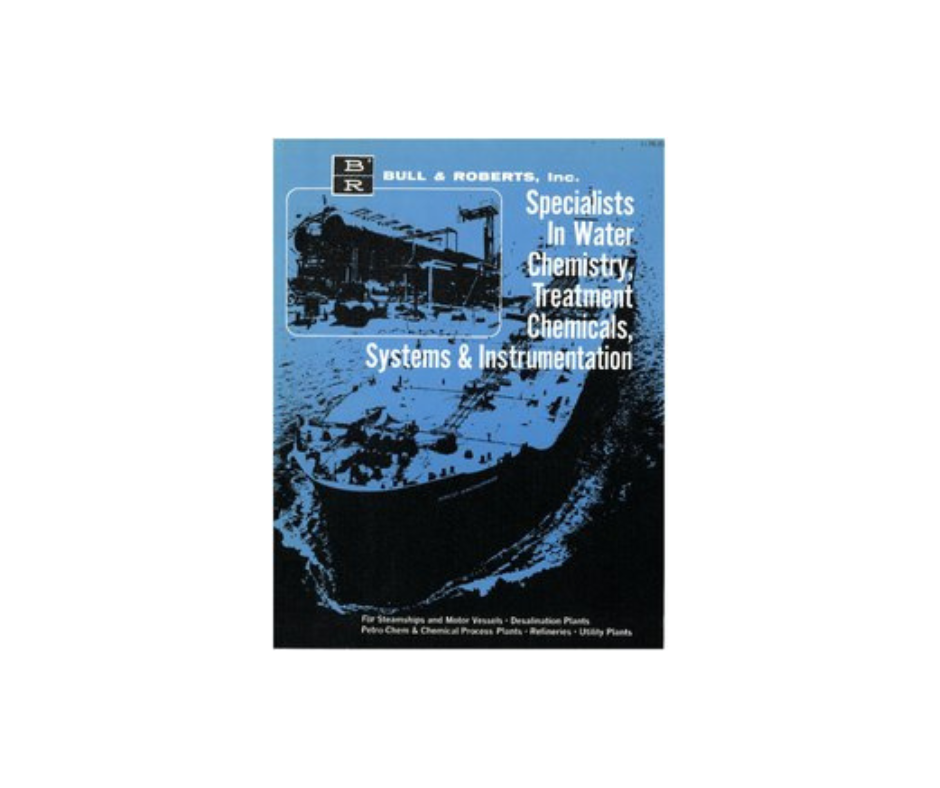
Company Brochure, 1976
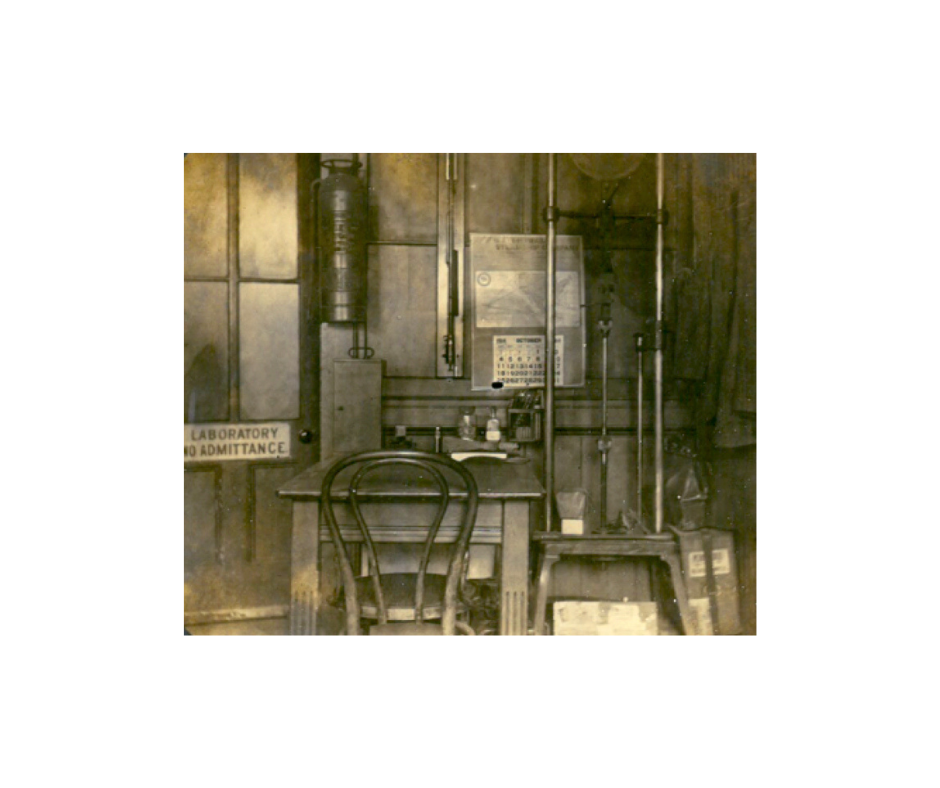
Maiden Lane Office, October 1914
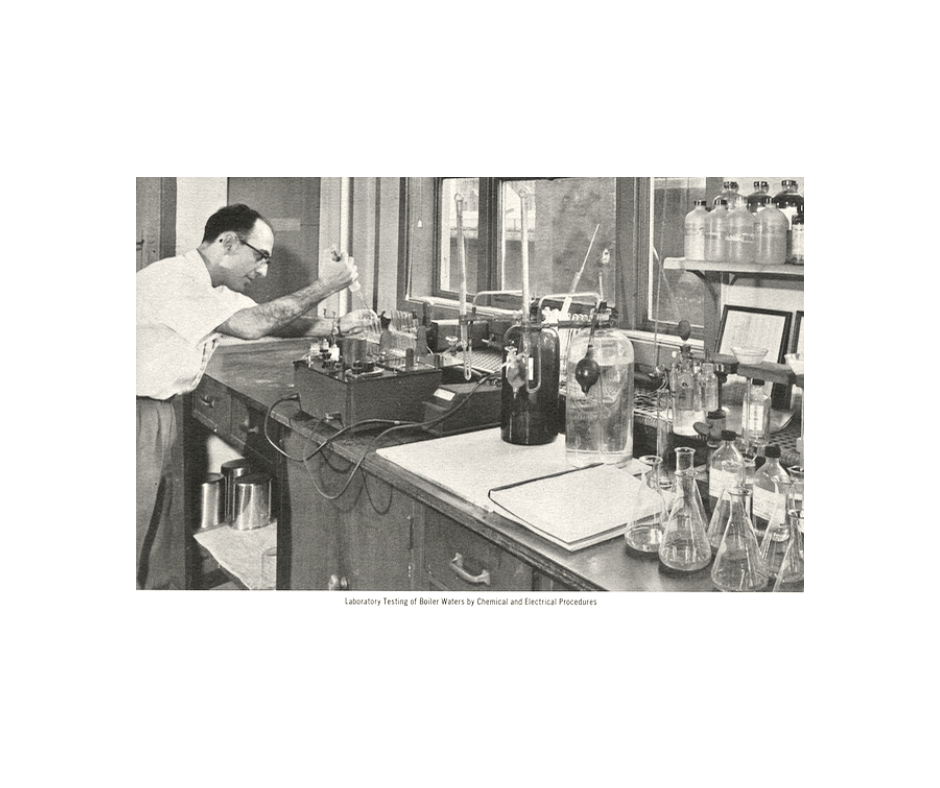
Bull & Roberts Laboratory in 1957
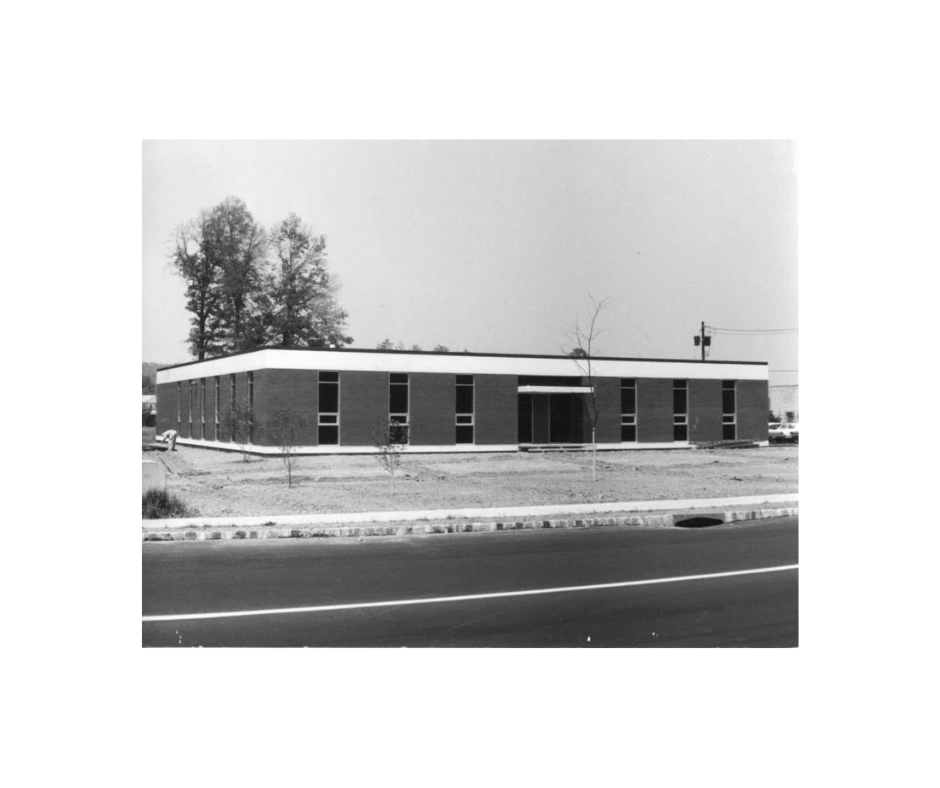
Murray Hill Office, 1967
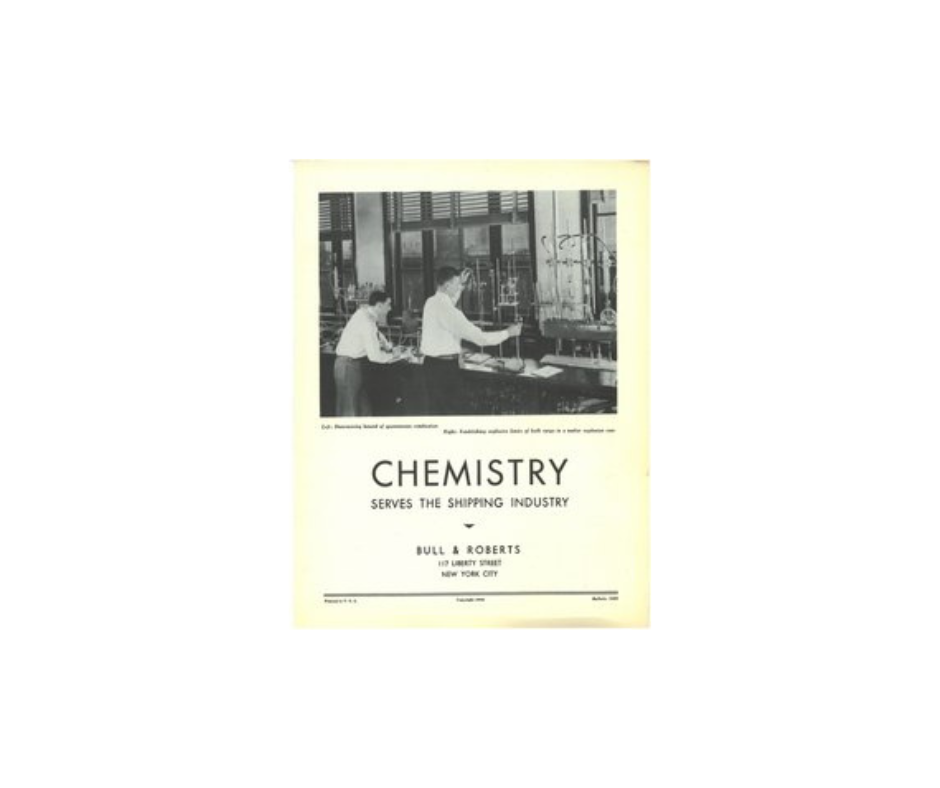
1936 Bull & Roberts Brochure
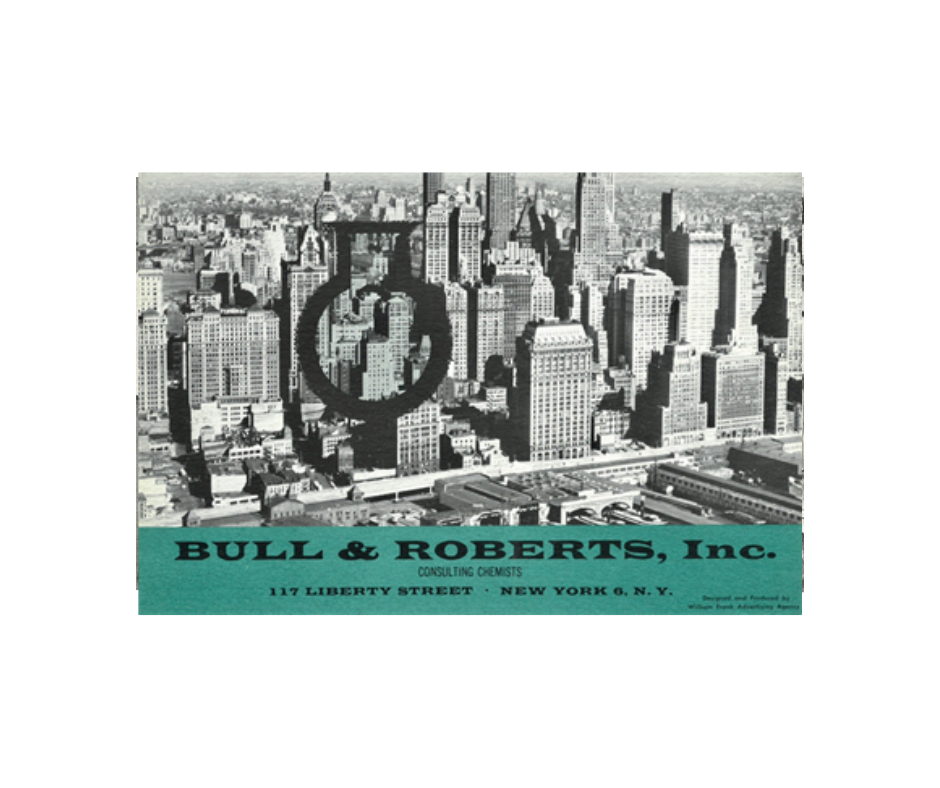
Company Brochure, 1957

Waltron’s Mission Statement
Waltron is a customer-focused organization dedicated to manufacturing the highest-quality, lowest total cost of ownership line of instrumentation for the water quality industry. We are committed as a team to achieve sustainable and profitable growth.
As Water Chemistry Experts, we show our commitment and dedication daily through the quality of our relationships with our Suppliers, Representatives, and, most importantly, our Customers. We strive to provide the most relevant water chemistry solutions for today’s concerns.
Our company culture is one where ideas have complete freedom for exchange and evaluation; mistakes are corrected, not punished; outputs trump inputs and everyone is treated with dignity and respect as a contributing colleague. We acknowledge and correct our failures and celebrate success together.
Among these, we strive to operate at the highest ethical standards. We will choose the more complex right over the easier wrong, knowing that precious relationships are always more difficult to rebuild than to maintain. Our solemn duty is to keep our individual and collective integrity to honor the heritage of our company back to its establishment in 1903.
Locations
With physical locations at three global facilities, Waltron bridges the gaps across continents. Affiliates: Our partner manufacturing operations in Europe, including the Netherlands, Germany, Italy, and the United Kingdom, join forces with us. Rest assured, we keep a vigilant eye on these sites, ensuring top-notch quality like our US-based headquarters in Flemington, New Jersey.

Headquarters
Flemington, New Jersey
Our Group headquarters is located about mid-way between New York City and Philadelphia; here we manufacture specific water quality instruments, as well as reagents and standards for all of our products.
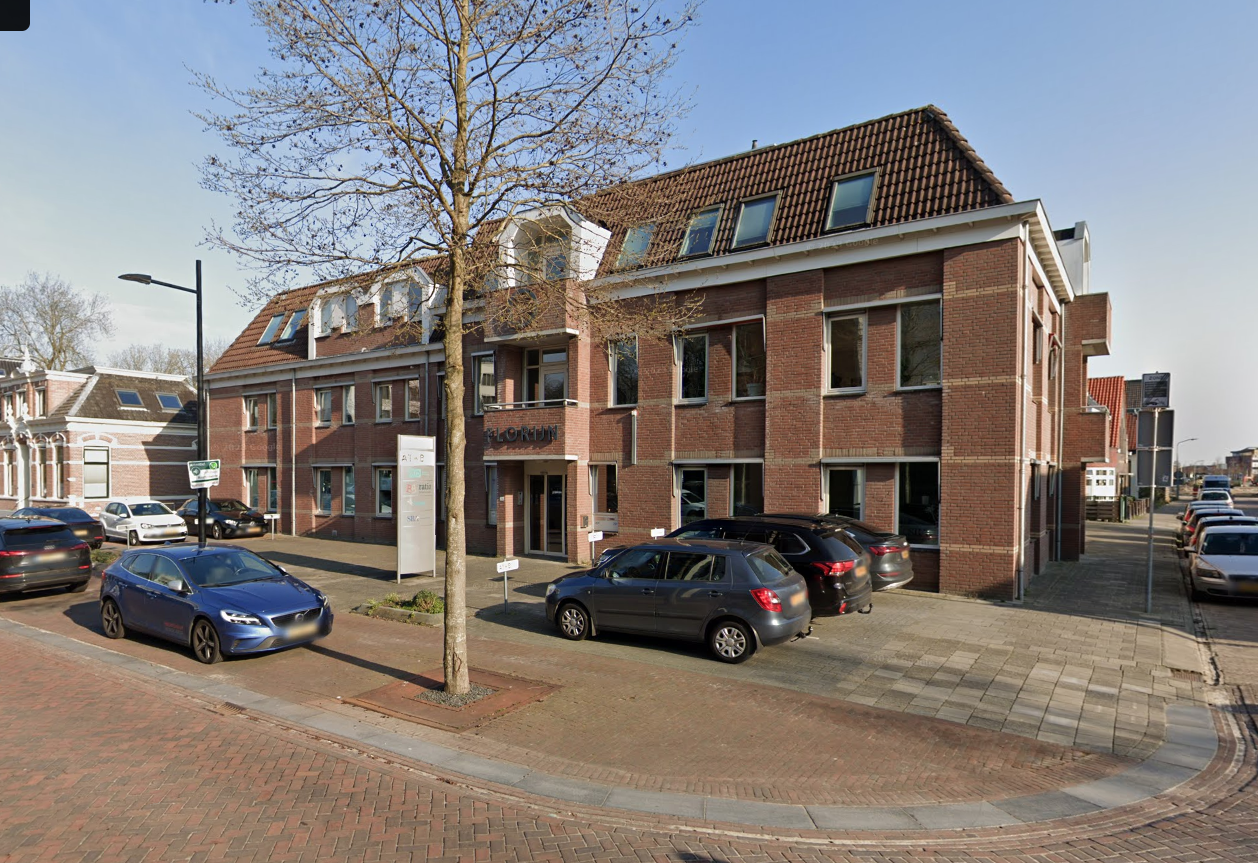
Waltron BV
Assen, Netherlands
Located in northeast Netherlands, this is the site of our European Sales and Support Centre. From here, we arrange shipments of parts and supplies for customers throughout the Europe – Middle East – Africa (EMEA) Region.

Waltron China
Shanghai, China
Ready to take your next step?
Questions? Need Support? A Quote? Get in touch with a Waltron Representative.
